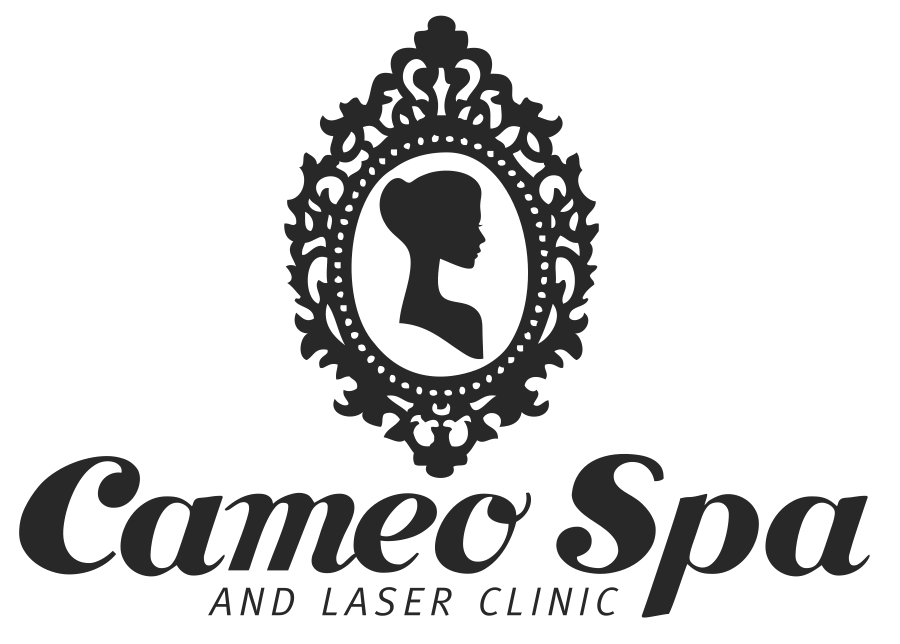 UV Treatment is administered to a specific, localized area of the skin via a FDA cleared device. Targeted phototherapy is only administered to the affected skin, not the entire body, thus sparing healthy skin from UV rays With targeted phototherapy only being administered to the affected area of skin, more intense dosages of light can be administered, allowing skin conditions to be repaired in less time.
UV Treatment is administered to a specific, localized area of the skin via a FDA cleared device. Targeted phototherapy is only administered to the affected skin, not the entire body, thus sparing healthy skin from UV rays With targeted phototherapy only being administered to the affected area of skin, more intense dosages of light can be administered, allowing skin conditions to be repaired in less time. Psoriasis
Three percent of the population suffer from psoriasis, and UVB phototherapy has been shown to effectively treat the disease. A feature of psoriasis is localized inflammation mediated by the immune system. Ultraviolet radiation is known to suppress the immune system and reduce inflammatory responses. Light therapy for skin conditions like psoriasis use UV-A or UV-B (280–315 nm wavelength) light waves. UV-A, combined with psoralen, a drug taken orally, is known as PUVA treatment.
Acne vulgaris
Sunlight was long known to improve acne, and this was thought to be due to antibacterial and other effects of the ultraviolet spectrum which cannot be used as a long-term treatment due to the likelihood of skin damage.
It was found that some of the visible violet light present in sunlight (in the range 415–430 nm) activates a porphyrin in Propionibacterium acnes which damages and ultimately kills the bacteria by releasing singlet oxygen.
UV Treatments cannot be administered to clients that are pregnant or have a pacemaker, as electro energy waves flows through the light and may cause harm.
I use the UV treatment after waxing to relieve redness due to inflammation and in facials to kill bacteria that causes acne.
This treatment in non evasive and safe, used by myself, a certified and Licences Aesthetician.
UV Treatments cannot be administered to clients that are pregnant or have a pacemaker, as electro energy waves flows through the light and may cause harm.
I use the UV treatment after waxing to relieve redness due to inflammation and in facials to kill bacteria that causes acne.
This treatment in non evasive and safe, used by myself, a certified and Licences Aesthetician.

No comments:
Post a Comment
I thank you for your comment and hope you stay in touch.